Selection of sustainable, economical and nutritionally appropriate ingredients in feeds is key to future success
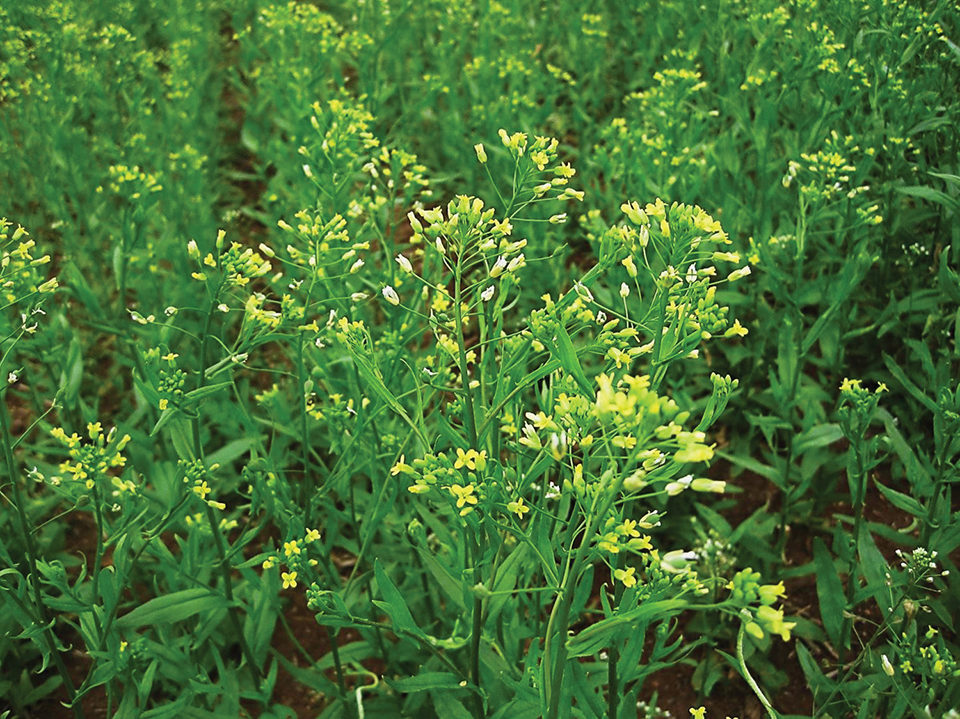
Fishmeal and fish oil are no longer always the main protein and lipid sources in aquaculture feeds. Instead, a variety of sustainable and economical ingredients are used to increase protein content, balance amino acid profiles and provide energy and essential fatty acids. Consequently, fishmeal and fish oil are typically only provided at minimum levels in diets.
The challenge is to find sustainable nutrient sources that yield healthy, efficiently grown fish that retain the qualities that satisfy consumers and the industry. This becomes more challenging when raising carnivorous fish at cold temperatures. The species of fish, the nutritional quality of the meal and oil, and temperature all play important roles in determining the suitability of a plant ingredient.
Seed oils
The authors have been investigating the replacement of fish oil and fishmeal in salmonid and cod feeds with sunflower oil, flaxseed oil, camelina oil and camelina meal. The tested diets contained up to 40 percent camelina meal and replaced up to 100 percent of the fish oil with seed oil.
Camelina is an ancient crop that has received renewed interest among agriculture researchers because of several unique and positive agronomic attributes. Like flaxseed oil, camelina oil is a rich source of alpha-linolenic acid. Like sunflower oil, it also has high levels of linoleic acid. Camelina oil and flaxseed oil contain greater levels of omega-3 polyunsaturated fatty acids (PUFAs) than most plant oils commonly used in aquaculture feeds.
However, camelina oil also contains appreciable amounts of tocopherols, which could give it nutritional and commercial advantages over the currently available plant oils. Tocopherols are components of vitamin E that protect against lipid oxidation. Camelina meal has a relatively high (38 percent) protein level and includes several essential amino acids.
Fish oil replacement
Sunflower, flax and camelina oils, and camelina meal were investigated as potential lipid and protein sources in diets for farmed Atlantic cod and salmonids. In separate experiments, the seed oils were tested individually to fully replace fish oil in diets for juvenile cod, salmon and trout for a feeding duration up to four months.
The weight gain, growth rate, condition factor and feed conversion of the salmonids fed any of the seed oil diets was not significantly different from those values for fish that received the fish oil diets. Atlantic cod fed camelina oil did not grow as well as cod fed fish oil, but cod given feed with an 80 percent replacement of fish oil with camelina oil showed no difference in growth performance compared to cod fed a fish oil diet. There was also little effect on carbon or nitrogen concentrations in the fillets of cod or salmonids that received diets with camelina oil.
Trout appeared to be the best candidate for camelina oil feeding. The data showed a tendency for improvements in growth for fish on feed with the oil.
Oil utilization
Dietary camelina oil was clearly utilized differently by salmonids and cod in terms of tissue lipid and fatty acid composition. The lipid composition played an important role in how dietary fatty acids were incorporated into the tissue.
After cod were fed camelina oil diets, the muscle tissue – low in total lipid and high in phospholipid – retained long-chain PUFAs and resisted the uptake of medium-chain PUFAs in camelina oil. The salmonids readily incorporated PUFAs from dietary seed oil and consequently lost some of the long-chain PUFAs in their muscle after the feeding period (Figs. 1 and 2). However, both salmon and trout fed camelina oil were able to synthesize long-chain PUFAs from their dietary precursors present in camelina oil.
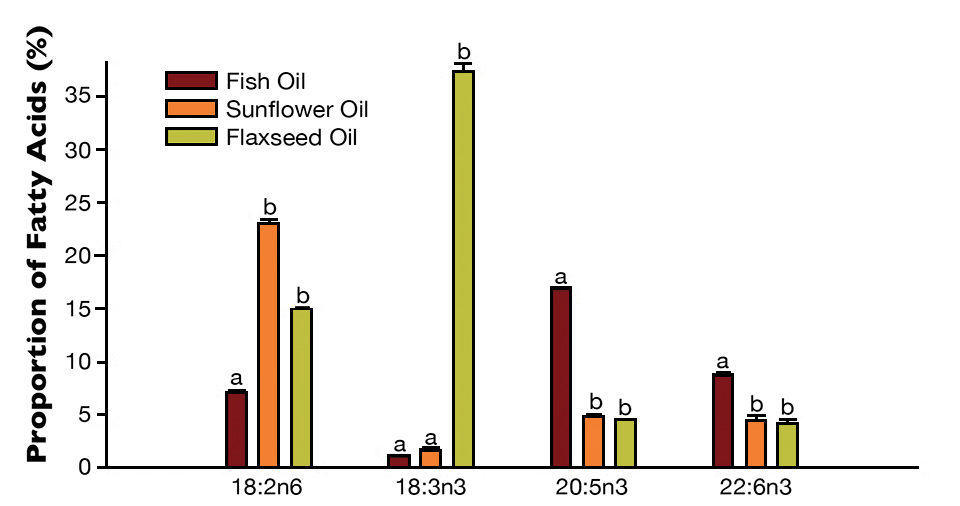
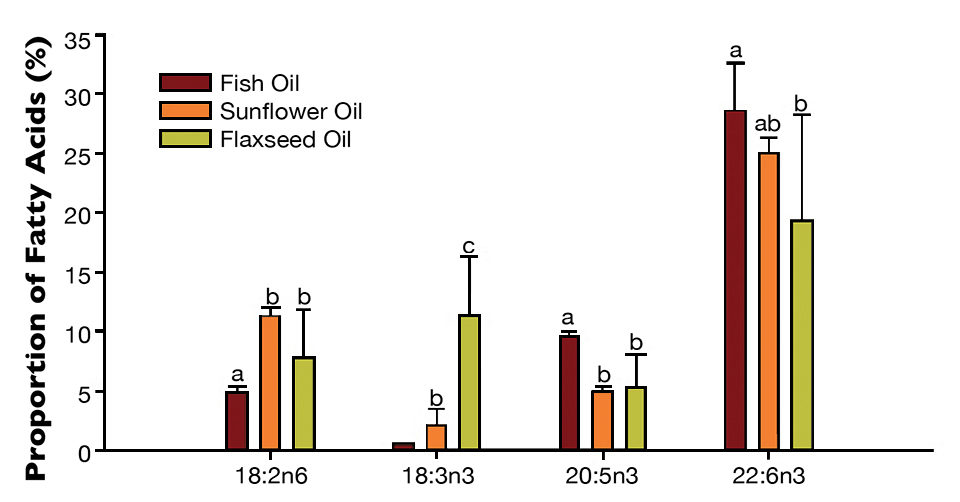
These results were confirmed by compound specific stable isotope analysis in trout and calculated by the Turchini fatty acid mass balance method for both species. A combination of selective retention and synthesis of long-chain PUFAs yielded significant amounts of long-chain PUFAs in the fillets of fish fed seed oil diets.
Sensory results, temperature effects
One serving of salmon or trout fed a camelina oil diet yielded more than the daily requirement of long-chain omega-3 PUFAs as set by the World Health Organization (Table 1). In terms of product quality, a sensory evaluation using fillets from salmon fed either camelina oil or fish oil diets found that panelists could not distinguish between treatments for the appearance, odor and texture of the raw fillets.
Parrish, Long-chain omega-3 PUFAs in one 75-g fillet serving, Table 1
| Fish Type | Docosahexaenoic Acid + Eicosapentaenoic Acid (mg/serving) |
|---|
Fish Type | Docosahexaenoic Acid + Eicosapentaenoic Acid (mg/serving) |
|---|---|
| Atlantic salmon | 306 |
| Rainbow trout | 563 |
| Atlantic cod | 175* |
| Daily requirement | 250 |
Temperature also played an important role in tissue lipid and fatty acid composition by affecting cholesterol proportions in muscle tissue, with amounts increasing with rising temperatures in order to counteract increasing fluidity of cell membranes. The tissue fatty acid composition of both oleic acid and linoleic acid in seed oil-fed and fish oil-fed fish (Figures 3 and 4) decreased gradually when temperature increased from 10 to 18 degrees C.
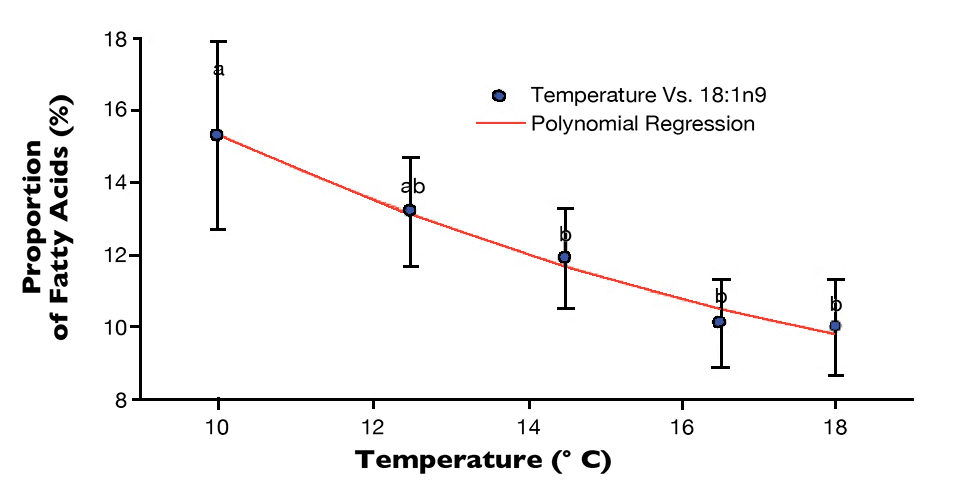
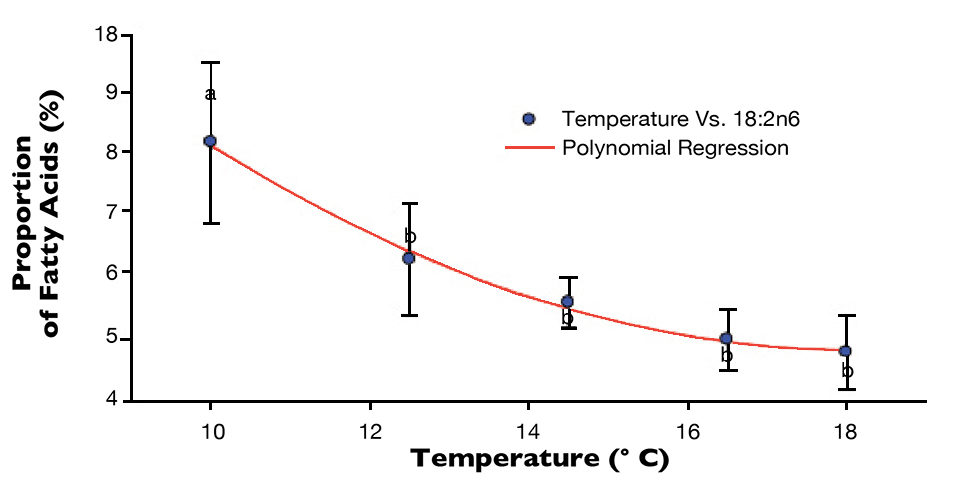
While monounsaturated fatty acids such as oleic acid may provide some fluidity in membranes at low temperatures, they are preferentially catabolized at warmer temperatures, particularly in diets such as sunflower seed oil, which naturally contains high levels of oleic acid. The availability of monounsaturated fatty acids at warmer temperatures may assist with retention of long-chain PUFAs.
Camelina meal
Camelina meal was also fed to cod, salmon and trout as a source of protein and amino acids in varying proportions in their diets. Cod fed diets with 15 percent camelina meal performed comparably to cod fed a commercial-type diet in terms of growth rate, hepatosomatic index, feed conversion and protein efficiency. Rainbow trout generally performed better than Atlantic salmon when fed diets including camelina meal.
Trout fed 14 percent camelina meal grew similarly to trout fed a commercial diet, while salmon could tolerate 8 percent camelina meal inclusion. Although there were few biochemical differences in the muscle tissue between fish fed camelina meal-included diets compared to those fed a commercial-type diet, species differences in fatty acid and amino acid composition fed the same inclusion level of camelina meal were apparent.
Camelina meal is known to contain a few antinutritional factors that can affect the palatability of the diet and thus reduce feed intake. This may have affected nutrient digestibility and utilization of the diets containing more than 15 percent camelina meal. Processing camelina meal into a protein concentrate or with water washing or enzyme treatment may remove antinutritional compounds.
Perspectives
The selection of sustainable, economical and nutritionally appropriate ingredients in aquaculture feeds is a key to the future success of the industry. Camelina, flaxseed and sunflower oils were investigated as replacements for fish oil, and the growth of fish fed these plant oils was comparable to that for fish fed a fish oil-based diet.
While the fatty acid composition of fish fillets is highly reflective of the diet fed to the animals, fish are capable of selectively retaining physiologically important fatty acids and selectively catabolizing others. Some species synthesize long-chain PUFAs from precursors provided in plant oil-based diets. The use of certain seed oils is already successful on a commercial scale, but novel oil seeds such as camelina show high potential.
(Editor’s Note: This article was originally published in the November/December 2014 print edition of the Global Aquaculture Advocate.)
Authors
-
Christopher Parrish, Ph.D.
Department of Ocean Sciences
Memorial University of Newfoundland
Marine Lab Road
St. John’s, Newfoundland and Labrador A1C 5S7 Canada -
Stefanie Hixson, Ph.D.
Department of Ocean Sciences
Memorial University of Newfoundland -
Manjusri Wijekoon, Ph.D.
Department of Ocean Sciences
Memorial University of Newfoundland -
Derek Anderson, Ph.D.
Department of Plant and Animal Science
Faculty of Agriculture
Dalhousie University
Truro, Nova Scotia, Canada
Tagged With
Related Posts

Aquafeeds
A look at phospholipids in aquafeeds
Phospholipids are the major constituents of cell membranes and are vital to the normal function of every cell and organ. The inclusion of phospholipids in aquafeeds ensures increased growth, better survival and stress resistance, and prevention of skeletal deformities of larval and juvenile stages of fish and shellfish species.
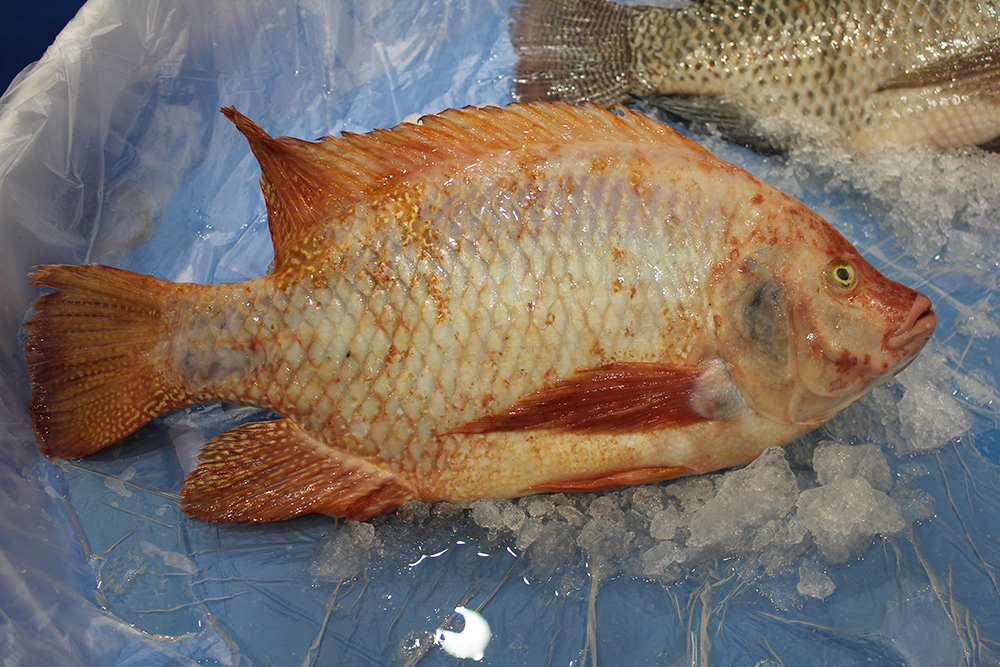
Intelligence
Adding value to tilapia to tap into U.S. market
New markets for tilapia and expansion of existing ones can be created by planning and implementing properly designed geographic strategies to meet discriminating consumer preferences. Low labor costs in most producing countries promotes value-adding by the production of fresh fillets.
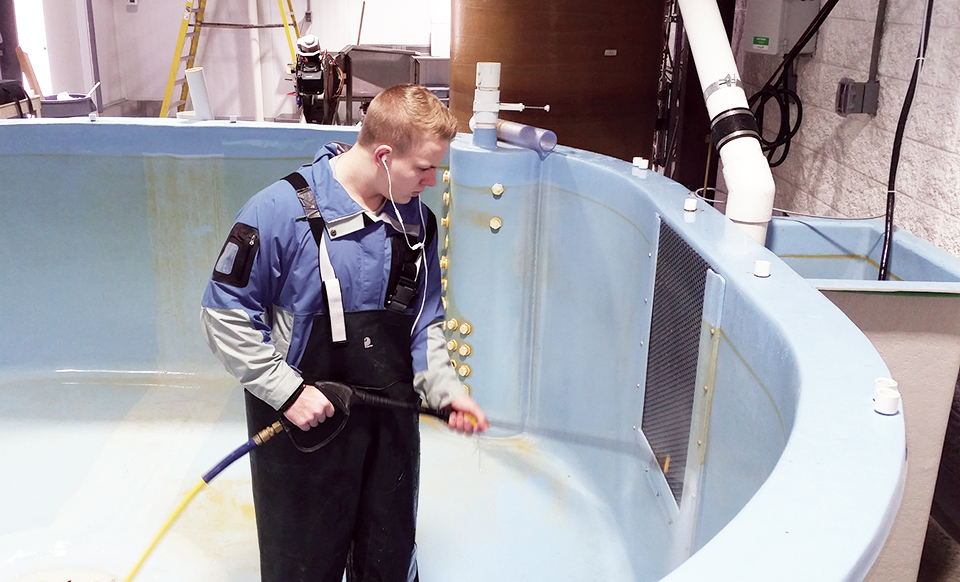
Health & Welfare
Emerging trends in salmonid RAS, part 1
The benefits realized by recirculating aquaculture systems – including enhanced fish growth, product quality and survival, as well as reduced treatment costs – have made the RAS approach an important production trend.
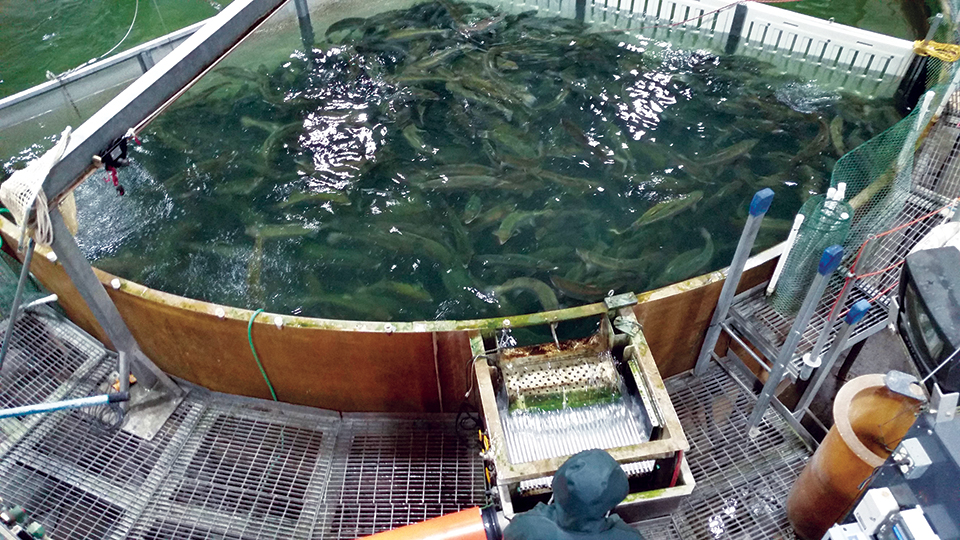
Responsibility
Emerging trends in salmonid RAS, part 2
Dozens of land-based, closed-containment salmonid RAS systems are coming on line. New projects are bringing new principles into the salmon industry. Industry expansion hinges upon the development of pollution-mitigating technologies to reduce nutrients in effluents.


